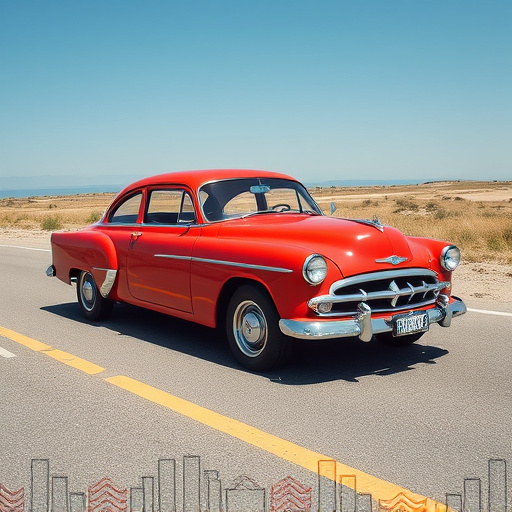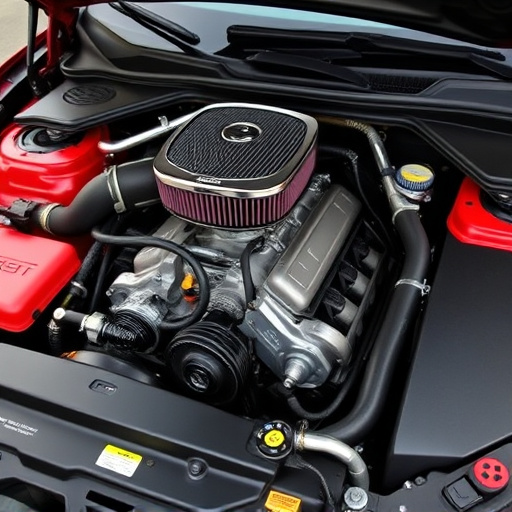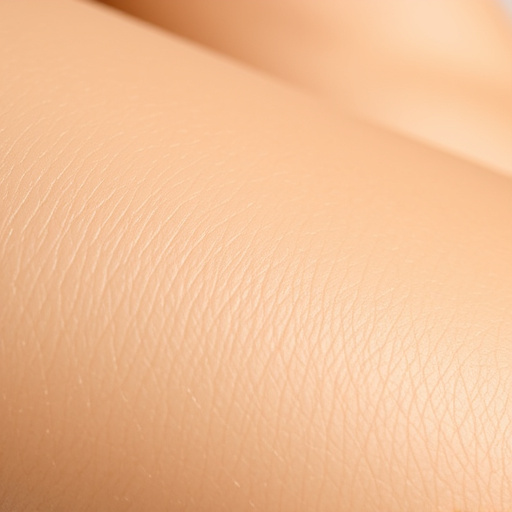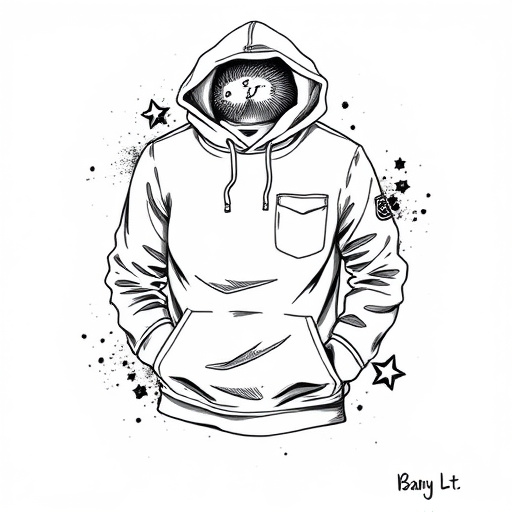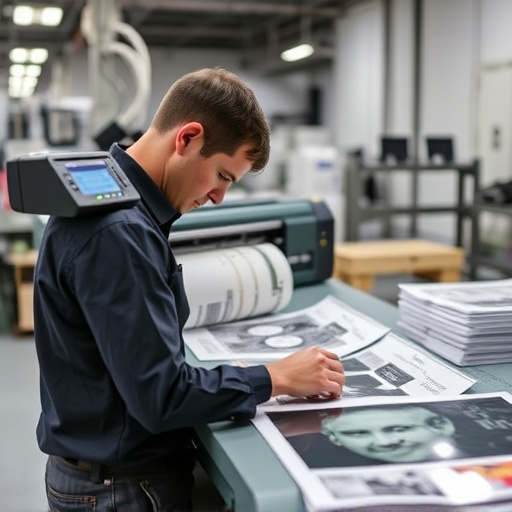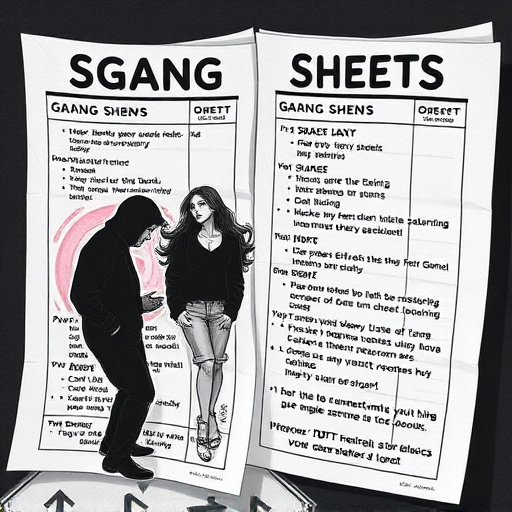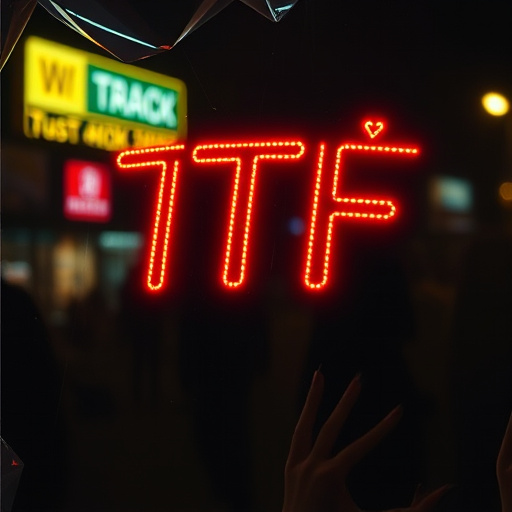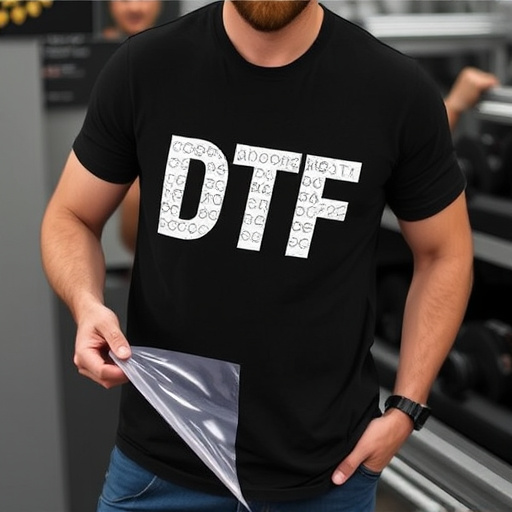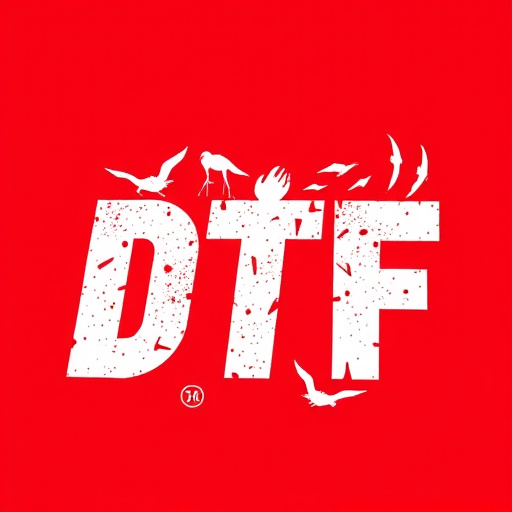The DTF Heat Press is a cutting-edge technology for custom tee production, using heat, pressure, and duration to print high-quality graphics on diverse fabrics. Temperatures vary based on fabric type, with light fabrics requiring lower temps (180°C/356°F) and heavier fabrics needing higher temps (200-220°C/392-428°F). Precise timing and pressure settings ensure vibrant prints on dark fabrics, achieved through understanding material absorbency and using specialized transfer sheets. Practice is key to refining these settings for optimal DTF Heat Press results.
Unleash the full potential of your DTF Heat Press with this comprehensive guide. From mastering temperature control for diverse materials to optimising time and pressure settings, we’ll walk you through the essential adjustments for flawless results. Whether you’re a seasoned pro or new to DTF Heat Pressing, these insights will ensure consistent quality and efficiency. Discover how to achieve precise outcomes with every press.
- Understanding DTF Heat Press Basics
- Adjusting Temperature for Different Materials
- Mastering Time and Pressure Settings
Understanding DTF Heat Press Basics

The DTF (Direct-to-Fabric) Heat Press is a game-changer for clothing brands and those who create custom graphic tees. This innovative technology allows for precise, high-quality printing directly onto various fabrics, revolutionizing the way custom t-shirts are produced. At its core, the DTF Heat Press operates by using heat and pressure to transfer designs from a digital file onto fabric with remarkable accuracy.
Understanding the fundamentals of this process is crucial when adjusting time, temperature, and pressure settings. The press works by applying heat for a specific duration (time), at a particular temperature (temp), and with a certain level of pressure. These variables significantly impact the quality of the print, ensuring vibrant colors and crisp details on custom t-shirts or any fabric product. For instance, logos DFT for clothing brands often requires precise temp and pressure adjustments to achieve a professional finish, especially when using various fabric types.
Adjusting Temperature for Different Materials
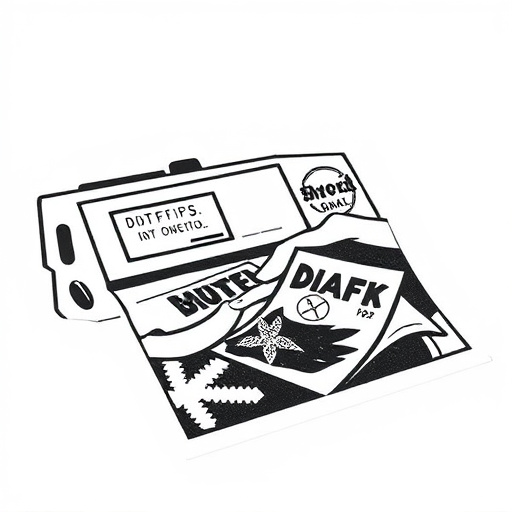
When adjusting the temperature of a DTF (Direct-to-Fabric) Heat Press for different materials, it’s crucial to understand that no one setting fits all. The key is tailoring the heat application to suit the fabric’s characteristics—a process known as material-specific heat pressing. For instance, light fabrics like cotton or polyester require lower temperatures to prevent damaging their delicate fibres. Conversely, heavier materials such as denim or canvas demand higher temps to ensure proper adhesion of the design.
The ideal temperature for a DTF print on light fabrics is typically around 180°C (356°F). This range allows for optimal transfer without scorching the material. For thicker or more robust fabrics, like cotton twill or canvas, increase the temperature to 200-220°C (392-428°F). Remember, precise control over temperature is paramount in DTF printing to achieve vibrant, long-lasting prints while preserving fabric integrity.
Mastering Time and Pressure Settings
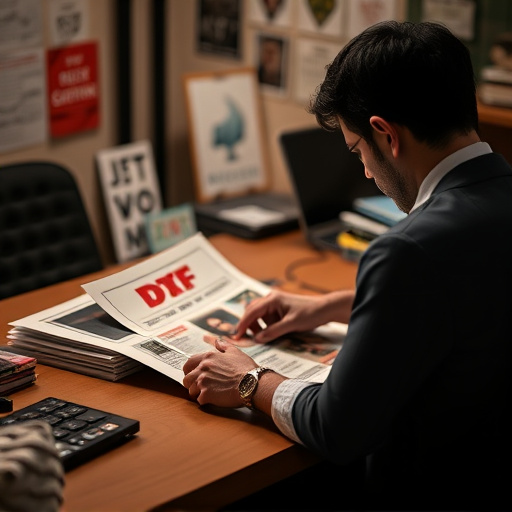
Mastering the timing and pressure settings on your DTF Heat Press is a crucial step in achieving high-quality prints, especially when working with dark fabrics. DTF (Direct to Fabric) printing, as the name suggests, involves transferring designs directly onto fabric using heat and pressure. Understanding how these factors interact is key to success. Time, temperature, and pressure are interconnected; adjusting one will impact the others. For instance, increasing pressure can compensate for shorter exposure times if you’re working with thicker materials or more intricate designs.
When printing on dark fabrics, it’s essential to consider the absorbency of the material, which affects how heat and pressure interact with the design. DTF transfer sheets are specifically designed to handle these challenges, ensuring vibrant colors even on darker fabrics. By carefully calibrating time and pressure, you can achieve crisp, long-lasting prints that stand out. Remember, practice makes perfect, so keep experimenting and refining your settings for optimal results with your DTF Heat Press.
A DTF Heat Press offers unparalleled versatility for creating custom designs on a variety of materials. By understanding the fundamentals, adjusting temperature according to material type, and perfecting time and pressure settings, you can achieve professional-grade results. Whether printing on textiles, wood, or metal, mastering these adjustments ensures optimal transfer quality, allowing you to explore endless creative possibilities with your DTF Heat Press.


